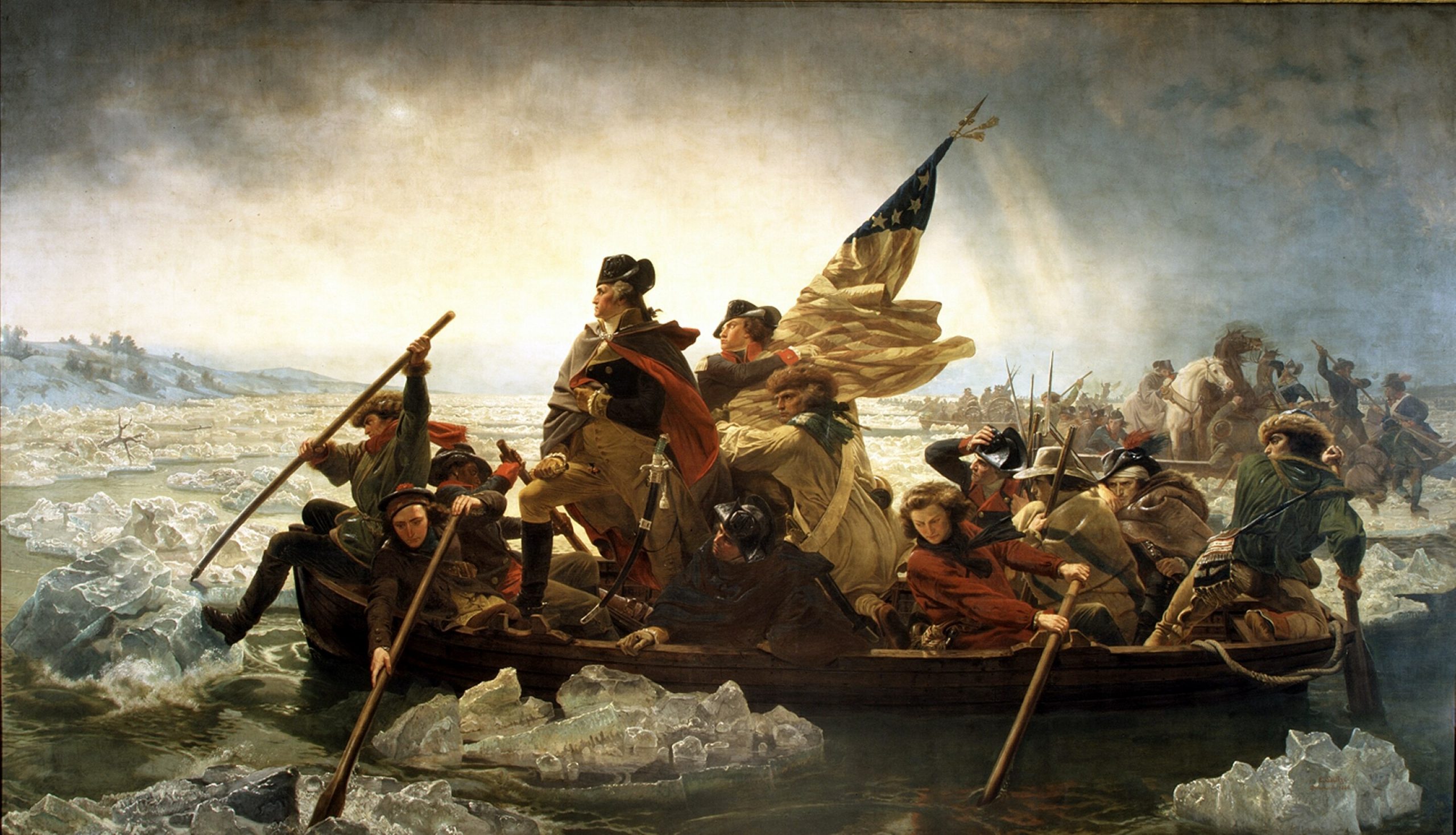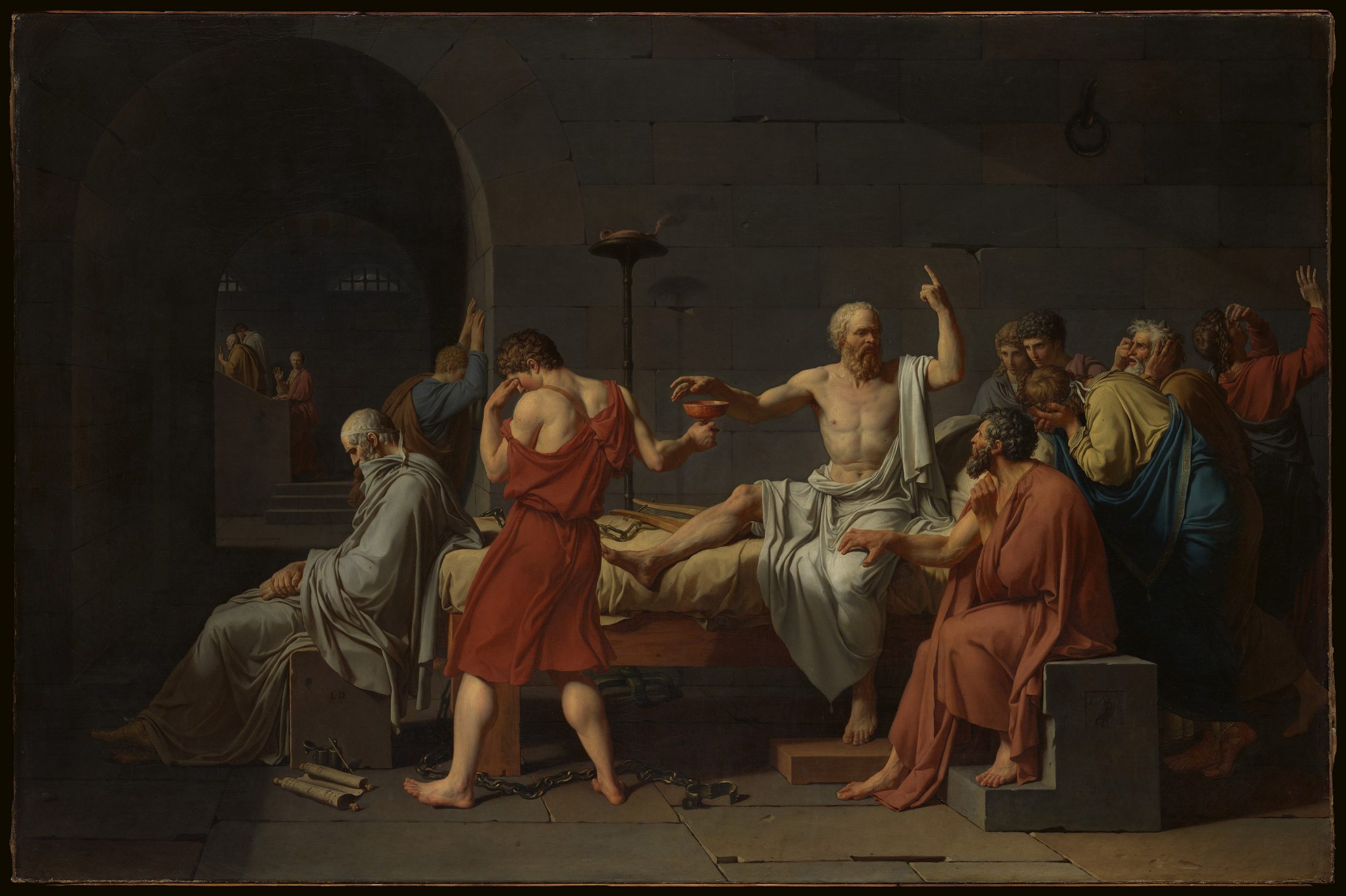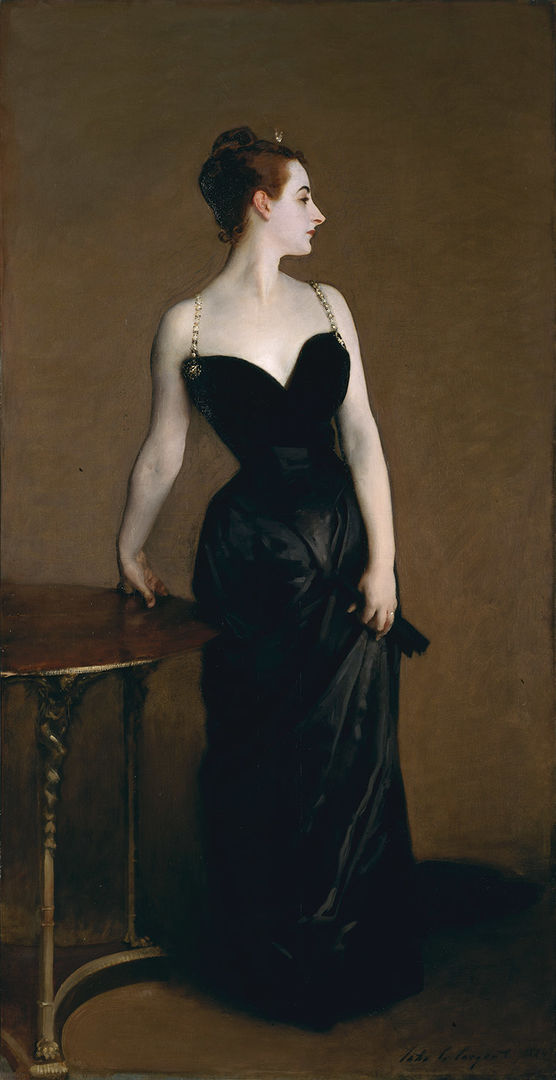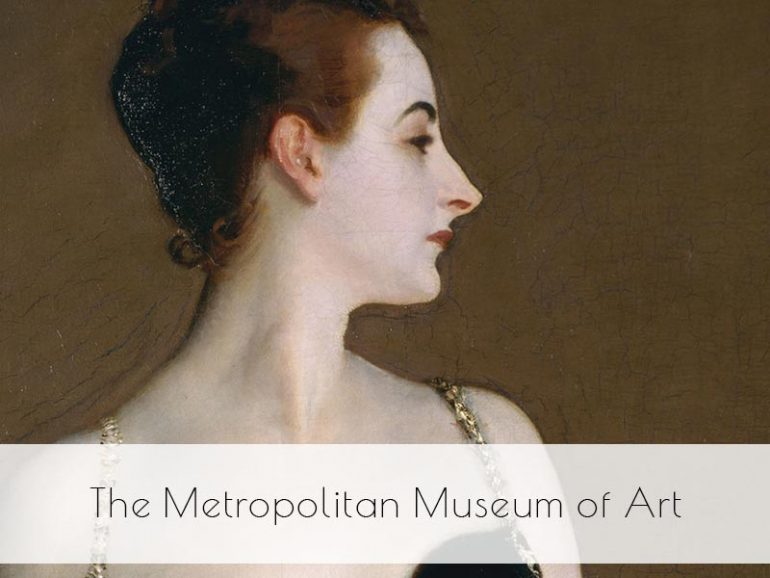The Metropolitan Museum of Art, fondly known as The Met, stands as one of the most prestigious art museums in the world. Nestled in the heart of New York City, it boasts a collection that spans over 5,000 years of art from every corner of the globe. For art students, The Met is not just a museum; it’s an invaluable resource and a source of endless inspiration. In this blog post, we will explore The Met’s significance and delve into four of its most popular artworks, examining the artists behind them and the inspirations that fuelled their creations.
Founded in 1870, The Met’s mission has always been to bring art and art education to the American people. With over two million works in its permanent collection, the museum is divided into three iconic locations: The Met Fifth Avenue, The Met Breuer, and The Met Cloisters. Each site offers unique experiences, from contemporary art at The Met Breuer to medieval European art at The Met Cloisters. The Met Fifth Avenue remains the flagship location, housing a diverse array of art from ancient Egyptian artifacts to modern American paintings. Lets look at some of the most popular pieces of art in The Met that you can see there today.
Four Masterpieces at The Met
1. “Washington Crossing the Delaware” by Emanuel Leutze
Emanuel Leutze’s monumental painting, “Washington Crossing the Delaware,” is one of the most iconic images of American history. Created in 1851, this oil painting captures a pivotal moment during the American Revolutionary War. General George Washington is depicted leading his troops across the icy Delaware River on Christmas night in 1776, a daring and crucial maneuver that led to a surprise attack on Hessian forces in Trenton, New Jersey.
Leutze, a German-American artist, was inspired by his admiration for American ideals of freedom and democracy. He painted the piece in Düsseldorf, Germany, intending to inspire European liberals with the American fight for independence. The dramatic composition, with its heroic figures and turbulent waters, evokes a sense of urgency and determination. This painting not only serves as a powerful symbol of American patriotism but also showcases Leutze’s masterful ability to convey movement and emotion.

2. “Self-Portrait with a Straw Hat” by Vincent van Gogh
Vincent van Gogh’s “Self-Portrait with a Straw Hat” (1887) is a brilliant example of the post-impressionist’s unique style and emotional depth. Painted during his time in Paris, this self-portrait shows Van Gogh wearing a bright straw hat, his piercing gaze directed at the viewer. The vibrant colours and dynamic brushstrokes are characteristic of his work during this period.
Van Gogh was deeply influenced by his contemporaries, including the Impressionists and Neo-Impressionists, who introduced him to new techniques and colour theories. This self-portrait reflects his experimental approach to colour and light, as well as his introspective nature. Struggling with mental illness, Van Gogh used his art as a means of self-expression and exploration, often revealing his inner turmoil and intense emotions. This painting is a testament to his enduring legacy and influence on modern art.

3. “The Death of Socrates” by Jacques-Louis David
“The Death of Socrates” (1787) by Jacques-Louis David is a masterpiece of neoclassical art. This painting depicts the moment before Socrates, the classical Greek philosopher, is executed by drinking poison hemlock. Surrounded by his distraught disciples, Socrates remains calm and composed, embodying his commitment to his philosophical principles.
David, a prominent French painter, was inspired by the Enlightenment ideals of reason, civic virtue, and stoicism. The composition’s clarity, balance, and use of classical elements reflect David’s admiration for ancient Greek and Roman art. Through this painting, David sought to convey a moral message about the importance of integrity and the pursuit of truth, themes that resonated strongly during the turbulent years leading up to the French Revolution.

4. “Madame X (Madame Pierre Gautreau)” by John Singer Sargent
John Singer Sargent’s “Madame X” (1884) is a striking portrait that caused a scandal when it was first exhibited. The painting portrays Virginie Amélie Avegno Gautreau, a Parisian socialite known for her beauty and distinctive style. Sargent captured her in a provocative pose, with her pale skin contrasted against a dark, elegant gown.
Sargent, an American expatriate living in Paris, was fascinated by Gautreau’s beauty and enigmatic personality. He sought to create a portrait that would cement his reputation as a leading portraitist. However, the painting’s sensuality and the subject’s perceived haughty demeanour sparked controversy, leading to its initial rejection by critics and society. Despite this, “Madame X” is now celebrated for its bold composition and Sargent’s skilful use of light and form, reflecting the artist’s innovative approach to portraiture.

A Must Visit for Art Students
For art students, The Met offers a wealth of inspiration and learning opportunities. Each visit provides a chance to engage with masterpieces from different cultures and time periods, deepening one’s understanding of art history and artistic techniques. The stories behind these iconic works and their creators highlight the diverse motivations and inspirations that drive artistic expression. As you walk through the hallowed halls of The Met, let the art speak to you, challenge you, and inspire you to create your own masterpieces.
Whether you are drawn to the grandeur of historical paintings, the introspection of self-portraits, or the innovation of modern art, The Met has something to offer every art student. Embrace the opportunity to learn from the greats and let their legacies fuel your creative journey.
If you would like to receive a roundup of all of our blog posts once a week to keep you inspired in your inbox, why not sign up to our newsletter. You can access our sign up at the top of our page. If you are a London Art College student and you would like your artwork featured here, drop us a line at any time.

